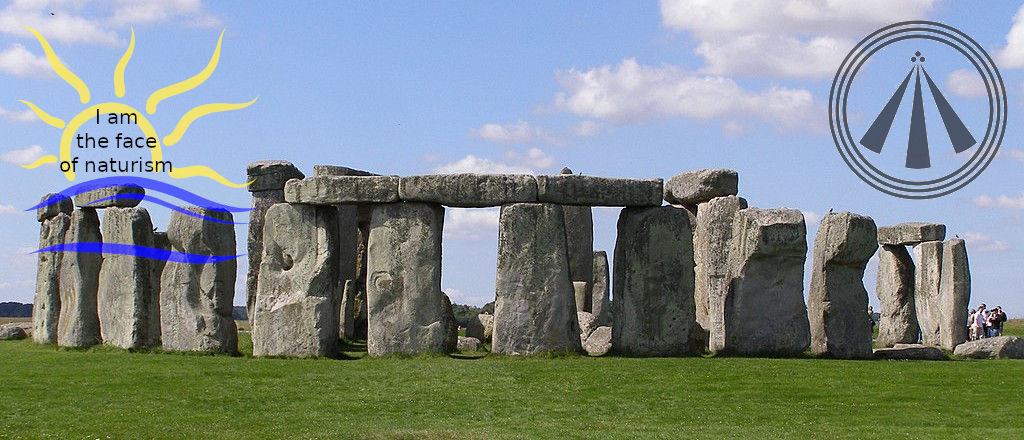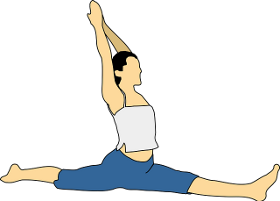
Meditation. 2. Ways and techniques.
So, meditation. What ways and techniques are there? Really, that would yield a list far too long to start here, so let's look at the most common ones and a few you may not know.

Everyone has probably heard of yoga. It comes from India and encompasses a large number of meditation techniques. Some are spiritual, some physical, some mental, but they all pursue a common goal to 'attach' or 'join'. The general idea is to become 'part of the world', to connect to it and be healthier because of it. Yoga has been used to enhance health and even combat cancer. (Link to Yoga on Google.)
Prayer is a form of meditation (or contemplation) as well. A person sunk into deep prayer aims to connect to a higher form, releasing his or her spirit from their physical form to seek for help, guidance or relief. (Link to prayer on Google.)
TM or Transcendental Meditation. A technique brought to the Western world by Maharishi Mahesh Yogi who learnt the technique from his master Guru Dev. For the Western world he adjusted the technique somewhat. It uses a mantra (a word that is a sound without meaning) which is repeated in silence to stop thoughts and allow the mind to rise up (transcend) the current level of awareness. (Link to TM on Google.)
Zen. Everyone's heard of it. It originated in China from Buddhist teachings. The most well-known type of zen is 'Zazen', the sitting meditation. To regulate the mind, awareness is directed towards counting or watching the breath or put in the energy center below the navel.
*
In the next article I'll go into the reasons why people start to meditate and the benefits one can have from it. This article is a follow-up to my first article on meditation.